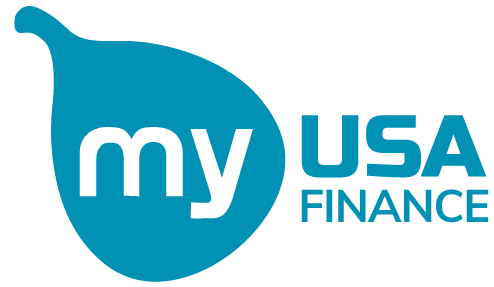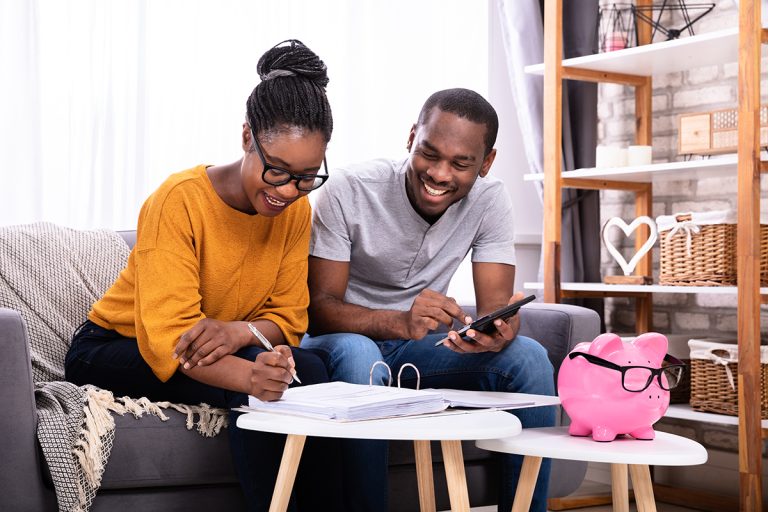A vacation is an exciting way to unwind, spend quality time with loved ones, and have some fun. However, vacations can be costly.
U.S. vacations cost an average of $1,919 per week for one person. If you are planning a trip and are unsure if you will be able to pay for it, you do have the option to finance the trip with a vacation loan.
Don’t let financial concerns hold you back from your dream getaway. We’ll guide you through how a vacation loan works and offer tips for securing the best deal, so you can travel with ease and peace of mind.
What is a Vacation Loan?
Vacation loans are personal loans that are specifically designed to fund your travel expenses. You can use these loans to pay for everything from airfare and hotels to meals and activities.
Like other personal loans, vacation loans are typically unsecured loans. This means that you don’t need to put up any collateral to get approved.
Instead, the lender will look at your credit score and other factors to determine your eligibility.
Find The Best Personal Loan For You
Get approval in minutes and funds within 24 hours.
Est. APR
5.99-35.99%
Loan Amount
$1,000 - $35,000
Loan Term
2 - 84 months
Min FICO Score
300
Est. APR
5.99 - 35.99%
Loan Amount
$1,000 - $40,000
Loan Term
36 - 72 months
Min FICO Score
660
How Do Vacation Loans Work?
When you take out a vacation loan, you’ll receive a lump sum of money that you can use to pay for your travel expenses. You’ll then need to make monthly payments on the loan until it’s paid off.
Vacation loans typically come with fixed interest rates, which means that your monthly payments will remain the same throughout the life of the loan. This can make it easier to budget for your trip, as you’ll know exactly how much you need to pay each month.
How to Get the Best Travel Loan
If you’ve decided that a travel loan is the right option for you, here are some tips for getting the best deal:
- Shop around: Don’t just go with the first lender that approves you. Take the time to compare interest rates and loan terms from several different lenders to find the best deal.
Check your credit score: A higher credit score can help you get approved for a loan with a lower interest rate. Check your credit score before applying for a travel loan and take steps to improve it if necessary.
Consider a secured loan: If you have collateral to offer, a secured loan can help you get a lower interest rate than an unsecured loan.
Borrow only what you need: Don’t borrow more money than you actually need for your trip. This will help keep your interest payments down and make it easier to repay the loan.
Pros and Cons of Vacation Loans
While vacation loans can be a convenient way to fund your trip, they’re not right for everyone. Here are some of the pros and cons to consider:
Pros:
- Fixed monthly payments make it easy to budget for your trip.
- You can often get approved for a vacation loan quickly and without putting up collateral.
- You can choose a repayment term that fits your budget and timeline.
Cons:
- You’ll have to pay interest on the loan, which can increase the cost of your trip.
- If you have poor credit, you may not qualify for a vacation loan or may be charged higher interest rates.
- You’ll need to make sure you can afford the monthly payments before taking out the loan.
Looking for a Personal Loan?
Explore your options today!
5 Tips for Using a Vacation Loan Responsibly
If you’ve decided to take out a vacation loan, it’s important to use it responsibly to avoid getting into debt. Here are some tips for using a vacation loan responsibly:
1. Only Borrow What You Need
When you’re applying for a vacation loan, it can be tempting to borrow more money than you actually need. However, this can lead to larger monthly payments and more interest over the life of the loan. Instead, only borrow what you need to cover your travel expenses.
2. Budget Wisely
Before you take out a vacation loan, create a budget for your trip. This will help you determine how much money you need to borrow and how much you can repay each month. Include all your travel expenses, such as airfare, lodging, food, and activities, in your budget.
3. Make Payments on Time
To avoid late fees and damage to your credit score, make sure you make your monthly loan payments on time. You may want to consider setting up automatic payments to ensure you don’t miss any payments.
4. Don’t Use the Loan for Non-Travel Expenses
While it can be tempting to use your vacation loan for other expenses, such as home repairs or medical bills, it’s important to use the loan only for travel-related expenses. Using the loan for non-travel expenses can lead to larger debt and more interest over the life of the loan.
5. Pay off the Loan as Quickly as Possible
To minimize the amount of interest you’ll pay over the life of the loan, try to pay off the loan as quickly as possible. This can help you save money and avoid being in debt for a long time.
Alternatives to Vacation Loans
If you’re not sure if a vacation loan is right for you, there are other options to consider. Here are some alternatives to vacation loans:
1. Credit Cards
If you have a credit card with a high enough limit, you may be able to use it to fund your vacation expenses. This can be a convenient option, as you’ll only need to make monthly payments on your credit card balance. However, credit cards often come with high-interest rates, so pay off your balance as quickly as possible to avoid accruing too much interest.
2. Savings
If you have enough savings, you may be able to use them to fund your trip instead of taking out a loan. This can be a good option if you don’t want to accrue any debt or pay interest on a loan.
3. Travel Rewards Programs
If you have a travel rewards credit card or belong to a travel rewards program, you may be able to use your rewards to offset the cost of your trip. This can be a great way to save money on travel expenses without taking out a loan or dipping into your savings.
Frequently Asked Questions: Travel Loans
A travel loan is a type of personal loan that is used to finance travel expenses. This can include anything from airfare and hotel accommodations to meals and entertainment.
Yes, it may be more difficult to get approved for a travel loan if you have bad credit. However, some lenders specialize in working with borrowers who have less-than-perfect credit scores.
Keep in mind that if you do get approved for a travel loan with bad credit, you may end up paying a higher interest rate.
The amount you can borrow with a travel loan will depend on your creditworthiness and the lender’s policies. Some lenders may offer loans ranging from $100 – $50,000.
If you can’t repay your travel loan, you may face late fees, penalties, and damage to your credit score. In extreme cases, the lender may take legal action to recover the money you owe.
Conclusion: Vacation Loans
Going on vacation is an exciting way to relax, bond with loved ones, and have some fun.
However, the cost of a vacation can be a significant barrier for many people. That’s where vacation loans come in, offering a way to finance your trip and pay it off over time.
By shopping around, checking your credit score, and borrowing only what you need, you can secure the best deal on a vacation loan. But, it’s important to use a vacation loan responsibly by making timely payments, budgeting wisely, and paying off the loan as quickly as possible.
If you’re uncomfortable taking out a loan, there are other options like using credit cards, tapping into savings, or utilizing travel rewards programs.
With these tips and options, you can enjoy your dream vacation without breaking the bank.
Looking for a Personal Loan?
Explore your options today!













